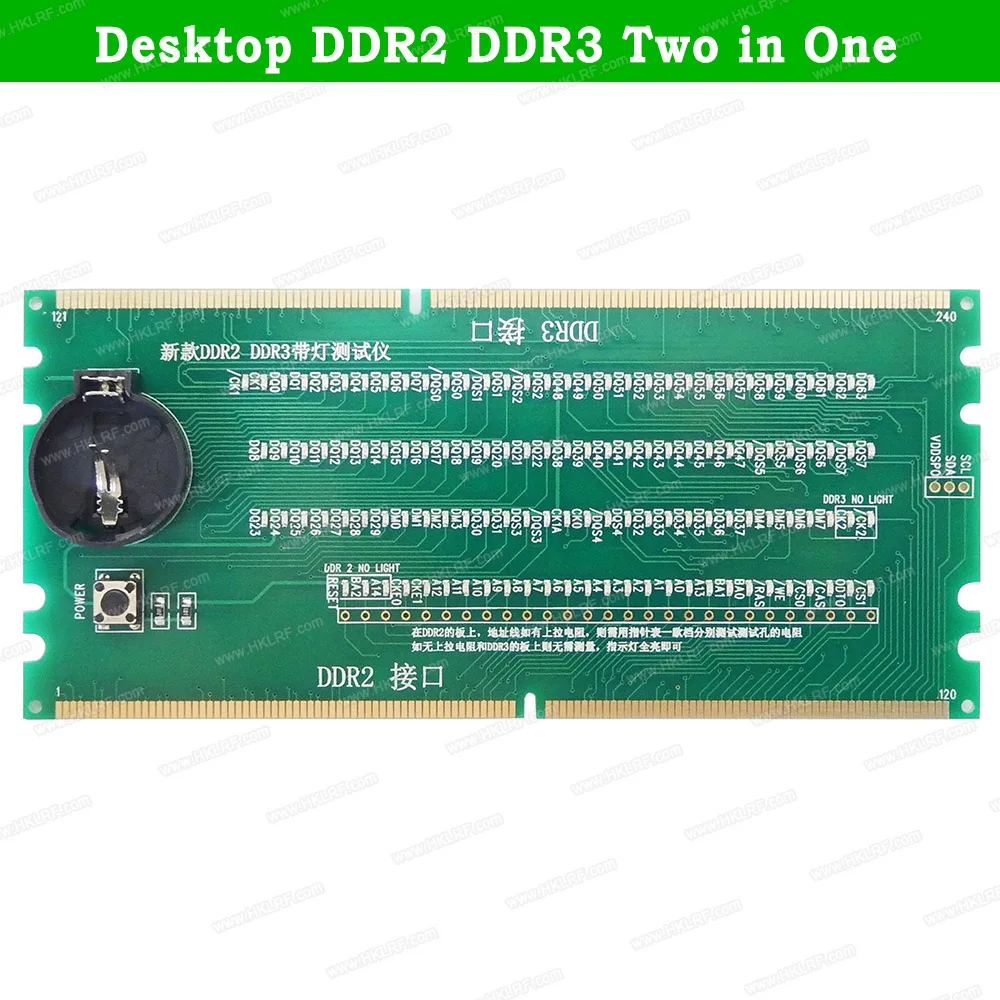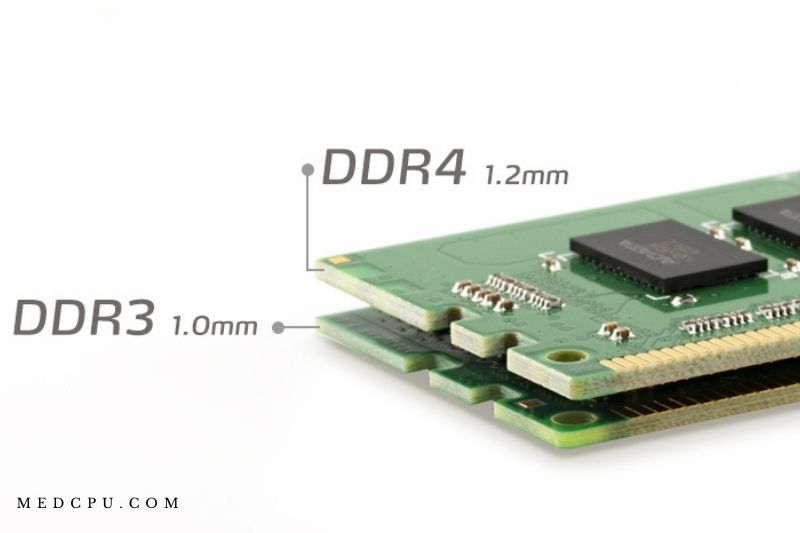
With appearances aside, let’s look at some of the more technical differences that separate DDR3 and DDR4 RAM.Īs you can see from the graph above, both RAMs vary quite a bit when it comes to voltage levels. But with the ever-changing heatsinks that manufacturers provide these days, that makes no real-world differences to us, as consumers.

The height between the 2 modules (when the heatsink is removed) also varies by just over a millimeter. On the other hand, the length of the 2 DDR’s hasn’t changed at all – still sitting at roughly 133mm – meaning developers had to narrow the gap in between each pin by 0.15mm to accommodate for the additional 48 pins DDR4 makes use of. That, in turn, meant additional costs would fall on anyone looking to upgrade from DDR3 to DDR4. So, what did that mean for people looking to purchase the updated RAM? Well, ultimately, it meant DDR4 RAM wouldn’t be compatible with a DDR3 motherboard. Developers opted for a larger pin nodule of 288 which can clearly be seen when comparing the two, visually. However, when DDR4 arrived (7 years later), it no longer made use of the same 240 pin nodule. DDR3, when introduced back in 2007, came to the table with a 240 pin nodule which was designed for older generation motherboards. The first and most obvious difference between DDR3 and DDR4 RAM is found within the pin nodules. With that in mind, let’s take a closer look at some of the more intricate differences between the two RAM modules.


It offers much faster speeds, more capacity, and (overall) better build quality. Like most new technology, DDR4 RAM comes equipped with a bunch of cool new features and advancements over its predecessor. However, since the announcement of DDR4 in 2014, we’ve seen a rapid reduction in DDR3 sales across the board.

The information stored in the working RAM can be written and read at any time and in any order, meaning quicker RAM will naturally have better performance when it comes to processing data.ĭDR3 RAM is the 3rd iteration of what is now known as SDRAM (Synchronous D ynamic Random Access Memory) and was previously thought of as the go-to RAM when choosing memory. People reading this probably already know what RAM is, but for those that don’t – and to put it in its simplest form – RAM (Random Access Memory) is the physical hardware inside your computer which temporarily stores information.


 0 kommentar(er)
0 kommentar(er)
